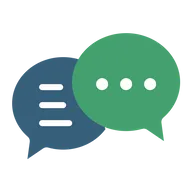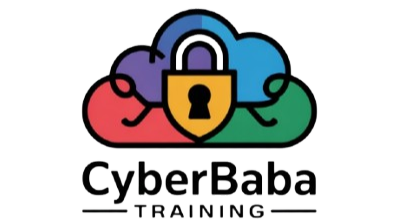Internet of Things
Internet of Things (IoT) refers to a network of physical objects—devices, vehicles, appliances, and other items—that are embedded with sensors, software, and connectivity to collect and exchange data over the internet. These smart devices can monitor, control, and communicate with each other to perform tasks more efficiently, often without human intervention.
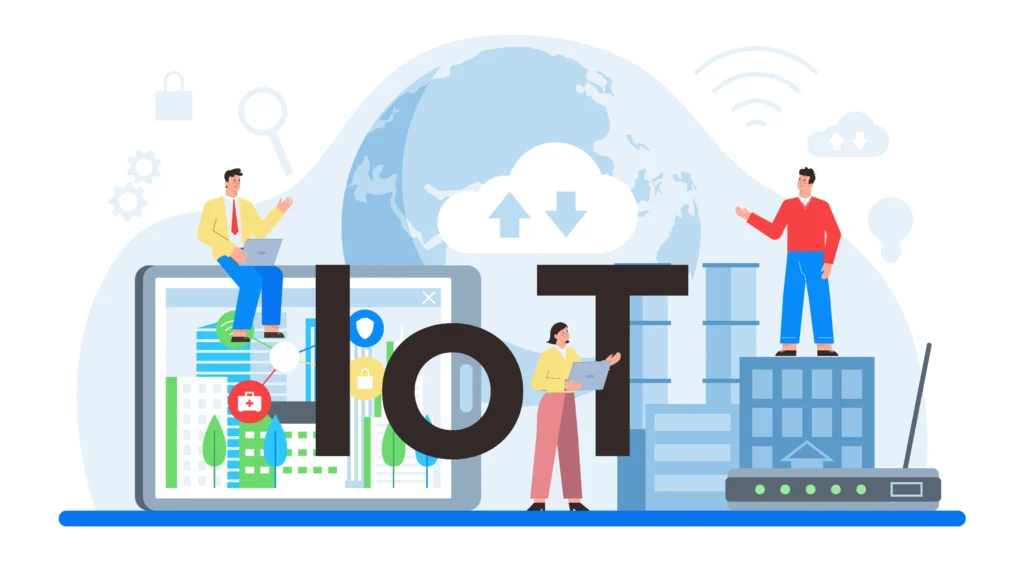
Introduction to Internet of Things (IoT)
Gain a foundational understanding of the Internet of Things, from how smart devices are connected and communicate, to how they collect, process, and share data efficiently across various systems.
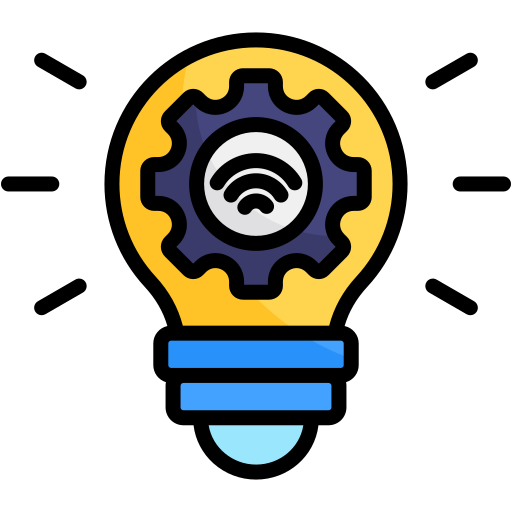
IoT Concepts
Learn the core principles of IoT, including sensors, connectivity, data processing, and automation. Understand how devices interact with each other and the environment.
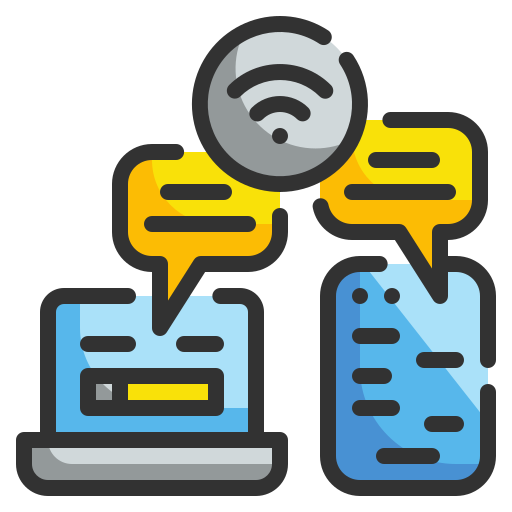
IoT Communication
Explore how IoT devices use protocols like MQTT, HTTP, and CoAP over Wi-Fi, Bluetooth, or cellular networks. Learn about cloud platforms and edge computing used to manage IoT ecosystems.
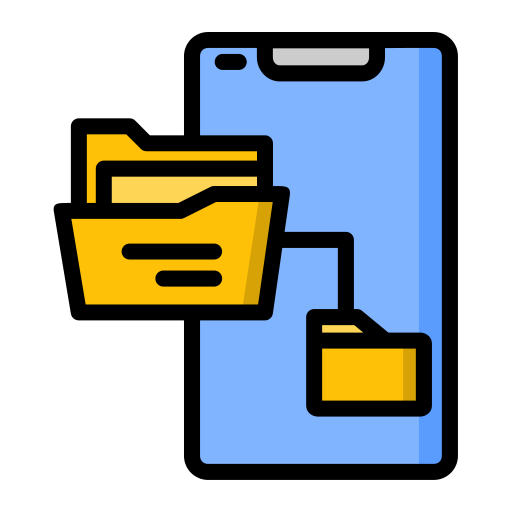
Applications and Use Cases
Understand real-world uses of IoT in areas like smart homes, healthcare, agriculture, manufacturing, and transportation, and see how IoT is transforming daily life and industries.
Our Services – Introduction to Internet of Things (IoT)
IoT System Design & Architecture
Design robust and scalable IoT systems tailored to your application needs. Use sensor networks and communication protocols to map out device interactions, ensuring seamless integration, efficiency, and functionality.
Data Collection & Device Management
Manage and monitor connected devices that gather real-time data from the environment. Organize and process this data efficiently using gateways, cloud platforms, and edge computing techniques for responsive performance.
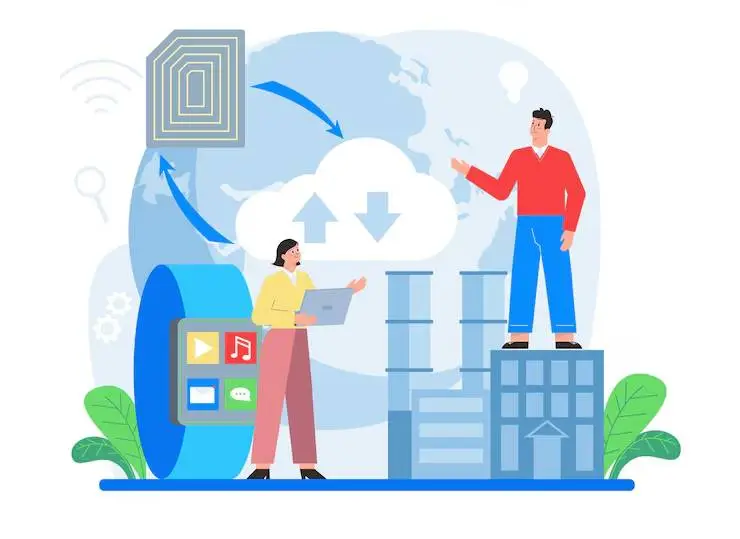
IoT Security
Protect IoT ecosystems from unauthorized access and cyber threats. Implement authentication, data encryption, network security, and secure firmware updates to ensure device and data integrity.
Analytics & Real-Time Monitoring
Use IoT platforms to collect, visualize, and analyze live data streams. Perform actions based on predictive analytics, automate responses, and generate insightful reports to drive smart decision-making.
Find Out Answers Here

IoT refers to a network of physical devices connected to the internet that collect and exchange data using embedded sensors and software.
IoT devices collect data through sensors, send it to the cloud or a central system via the internet, where it's processed and used for automated actions or analytics.
Common IoT examples include smart home devices (like thermostats and lights), fitness trackers, smart refrigerators, industrial sensors, and connected vehicles.
While IoT offers many benefits, it also poses security risks. Proper encryption, authentication, and regular updates are essential to protect devices and data.
IoT improves efficiency, enables automation, enhances decision-making through real-time data, and supports innovations in industries like healthcare, manufacturing, and smart cities.




